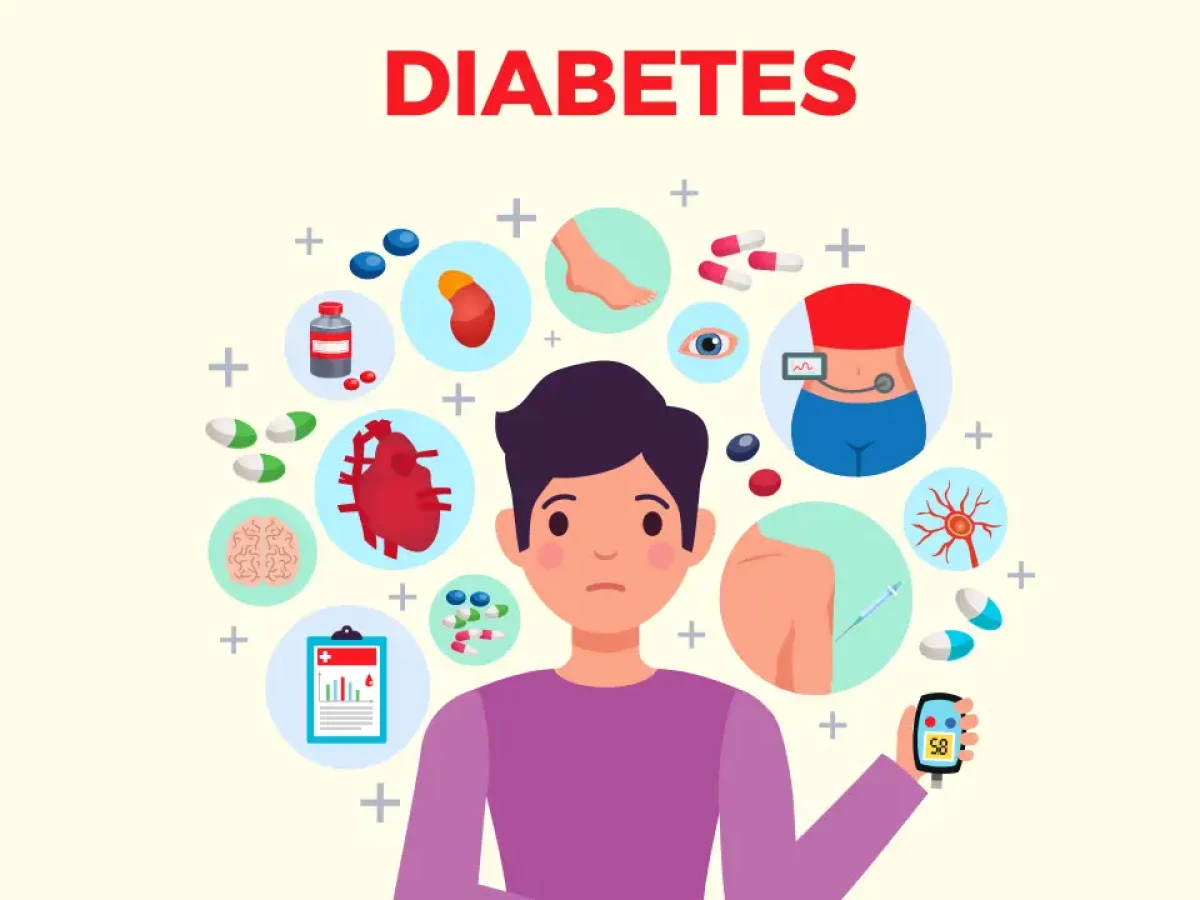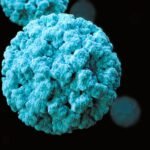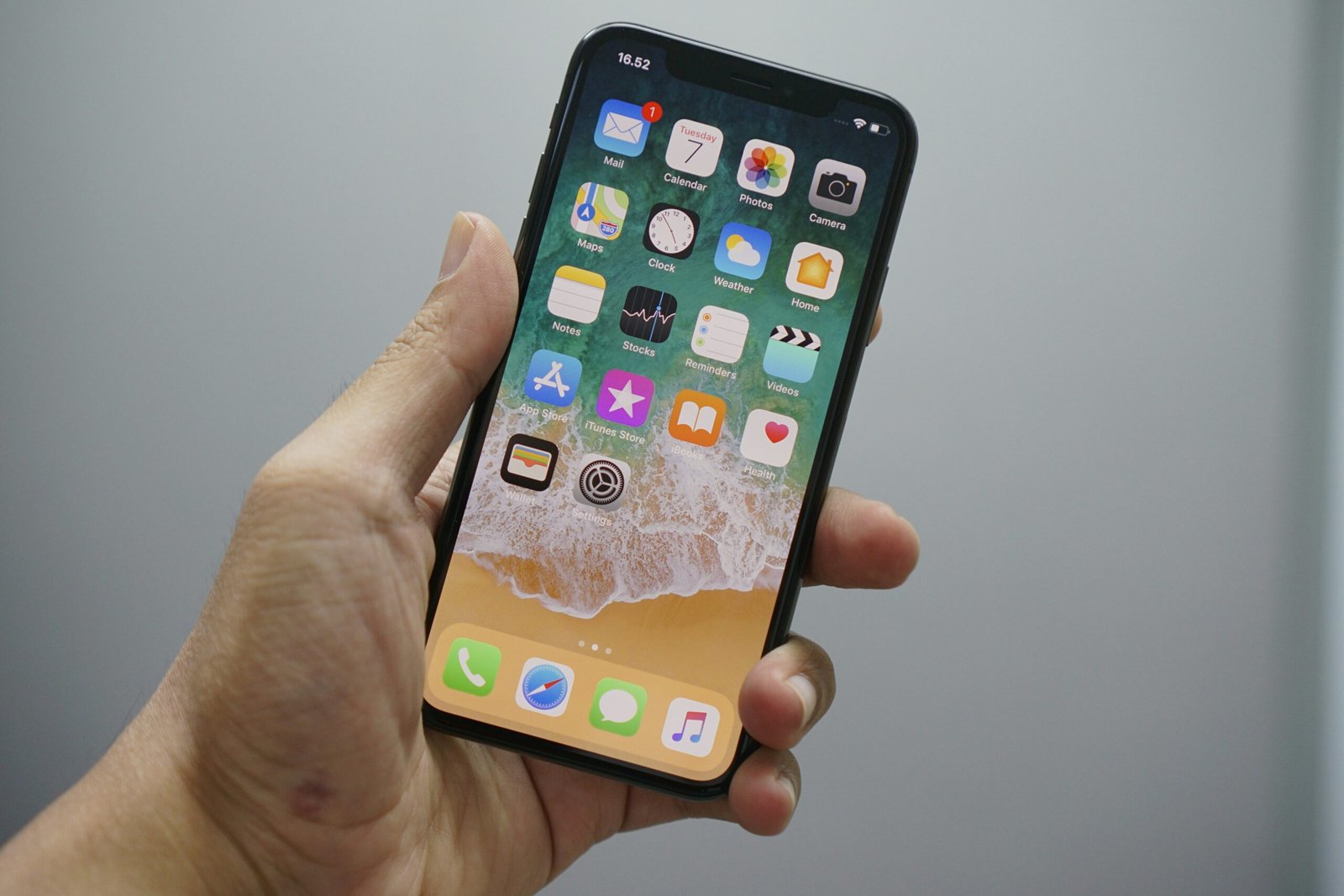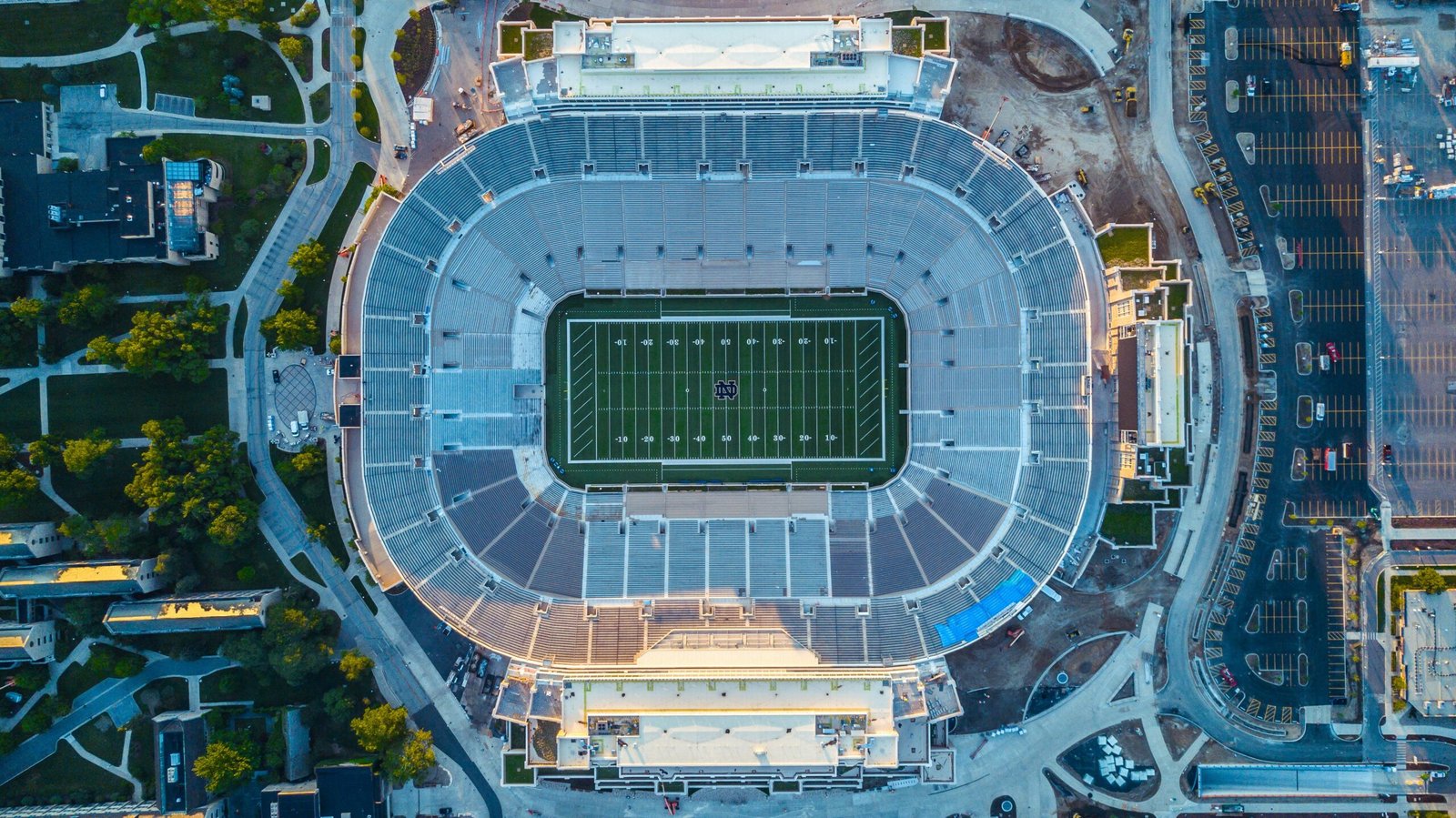Many people feel that managing and living with diabetes is challenging. When it comes to a condition like diabetes, remember to learn as much as you can about it and apply that knowledge whenever possible; if you do, managing it will become second nature before you know it.
Fish is an excellent source of protein for diabetics looking to lose weight. It contains Omega fatty acids, which are important to health, and the calcium in the bones (if present) can meet the daily requirements.
Patients suffering with diabetes
Following rigorous activity, it is vital to monitor your glucose levels. Because exercise can deplete glucose for up to 24 hours, it’s a good idea to check your glucose level every 45 minutes or so after your workout to see if it’s dropping or stable.
Rybelsus 3 mg (semaglutide) is an oral type 2 diabetic medicine. It belongs to the glucagon-like peptide-1 (GLP-1) receptor agonist class of drugs. Semaglutide is a synthetic form of GLP-1, a naturally occurring hormone that regulates blood sugar levels.
If you have diabetes, talk to your insurance provider and a healthcare practitioner to see if an insulin pump may be beneficial and affordable for you. While it is more expensive and difficult to maintain, it can provide your body with a more consistent insulin level, which may benefit certain people.
Diabetics may develop vision impairments as a result of their condition; thus, they should be tested by an optometrist at least once a year. Many optometrists have advanced tools that can examine the inside of your eyeball for diabetes damage and, in certain cases, can identify your disease before you have symptoms!
When you have a cold, be cautious about the medications you take because many of them contain sugar, which can cause blood sugar levels to fluctuate. Keep this in mind if you’re keeping track of what you eat to maintain even blood sugar levels, or if your blood sugar suddenly rises.
Rybelsus 14 mg (semaglutide) is a diabetic medicine. It belongs to the glucagon-like peptide-1 (GLP-1) receptor agonist class of drugs. These drugs act by raising insulin release while decreasing glucagon production in the liver.
Examine your cholesterol and blood pressure! If you have diabetes, you must keep track of more than just your blood sugar levels. Diabetes increases the likelihood of having high levels of dangerous cholesterol in your blood, so you should keep an eye on this even if you don’t eat fatty fried foods. High blood pressure can also cause headaches, dizziness, and even strokes.
To naturally lower your blood sugar, reduce or eliminate your use of caffeinated beverages. Caffeine, such as coffee or tea, stimulates the production of the hormone adrenaline, which is known to increase blood glucose levels. Limit your caffeine intake to no more than four cups per day to help lower your blood sugar.
Diabetes patients must educate themselves on healthful indulgences.
You may not need to completely refrain from sweets. If you can keep your blood glucose levels under control, you shouldn’t be too concerned about indulging in the occasional sweet treat. To create room for sweets, eliminate the equal quantity of carbohydrates from your meals.
If you’ve been diagnosed with diabetes, keep a food diary! This is a fantastic tool! You can keep track of what and how much you consume with a diary. It will also help you notice a pattern for a particular craving at a specific time of day. You’ll be able to determine which foods cause an increase in your blood glucose level. Maybe you can think of some appealing alternatives that won’t have such a severe impact on your Diabetes. This will save you from unnecessary headaches.
Don’t be afraid if your high blood sugar spikes right after a low glucose reaction. This could be due to one of two things: your body reacting to low glucose levels by releasing hormones, or you may be eating or drinking more than you need to. If this occurs again, consider halving your usual meal and testing your glucose levels half an hour later.
Keep an eye on your blood glucose levels.
If your blood glucose levels are particularly high before meals, your liver may be producing much too much glucose. Instead of taking your insulin 30 to 45 minutes before your meal, try taking it 60 to 90 minutes before. This will give your body’s insulin a head start, allowing it to better manage blood glucose.
Be on the lookout for liquid carbohydrates. It is just as vital to watch what diabetics drink as it is to watch what they eat. High-fructose corn syrup in soft drinks is especially harmful to diabetics, and while fruit juices might be healthy, they can also cause a dramatic spike in blood sugar and should be consumed in moderation. Water is the greatest option when thirsty, followed by unsweetened beverages.
To monitor your blood sugar levels
Look for blood sugar drops after exercise. Your glucose levels can be altered even after you’ve stopped exercising. This is because the glucose eaten during prolonged periods of exertion is produced by your liver, and once depleted, your body will attempt to refill it. Your blood sugar level will plunge if you don’t eat around the time your body tries to achieve this. Check your blood sugar after exercise every 45 minutes to ensure you can correct any imbalances.
After being diagnosed with diabetes, it is vital to have a support structure in place. It could be family or friends. So that they may better understand how you will manage your condition, request that they join you to your visits. Finding another diabetic person to talk to can also be beneficial.
Conclusion
You should have already started thinking about ways to incorporate diabetes management into your everyday routine now that you have a better understanding of how to control your diabetes. Remember, as stated at the start of this piece, if you use all you’ve learned as much as possible, managing your diabetes should become second nature before you know it.










